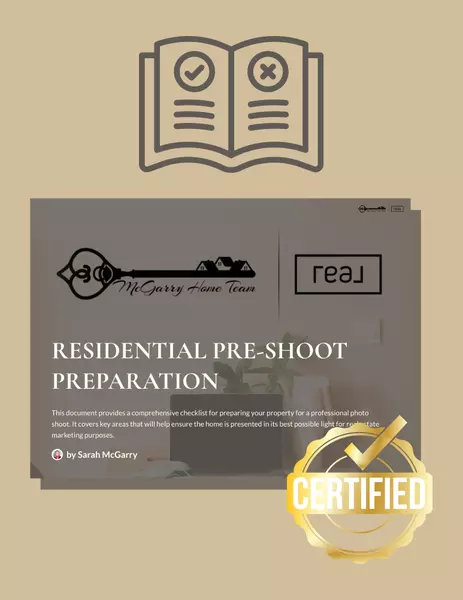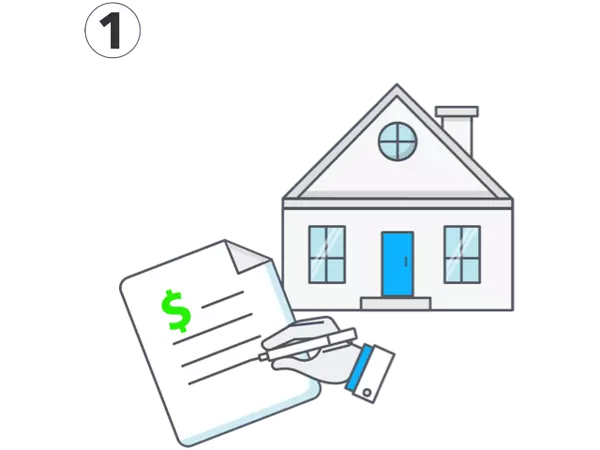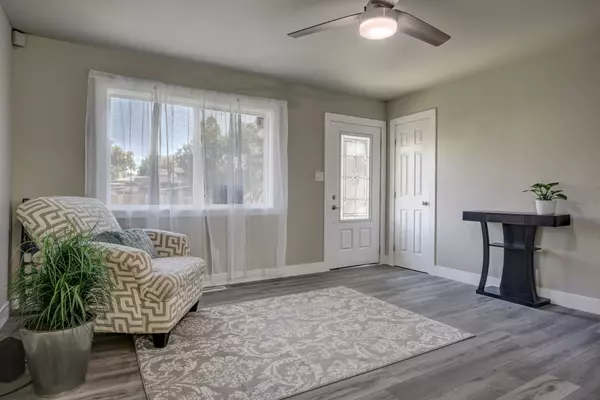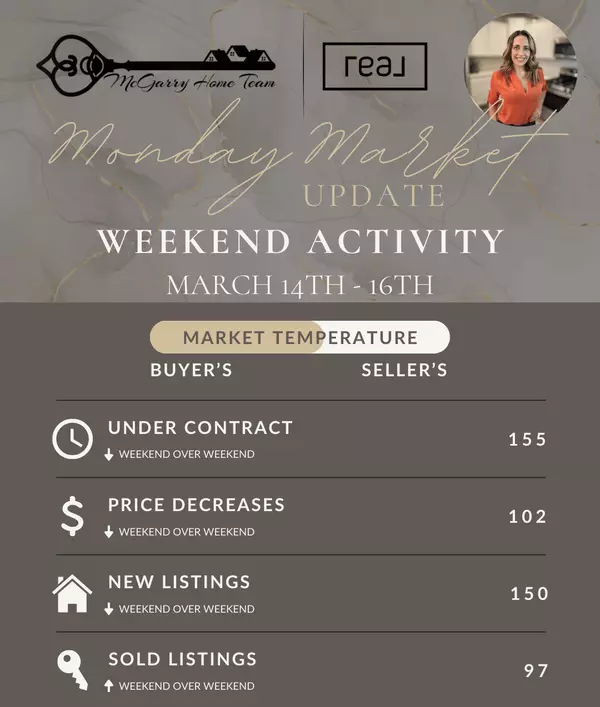Marketing Analysis
& Pricing
Home Preparation
& Staging
Marketing
& Showings
Offers
& Negotiation
Contract
& Paperwork
Closing
& Beyond

Path to a Successful Home Sale Guide
FREE Download

Photoshoot Preparation Guide
FREE Download

Property Disclosure Guide
FREE Download

Listing Experiences Guide
FREE Download

Selling Guide
FREE Download
GET A FREE HOME MARKET VALUATION
Wondering what your home is really worth? FIND OUT FAST AND FREE.
While you're at it, explore our property listing services. Let US do the work for YOU.
CLICK HERE FOR YOUR VALUE
SELL MY HOME AS 'FOR SALE BY OWNER' (FSBO)
List your home directly on our website for FREE. Just fill out a form, upload photos, and click the Create Listing button.
CLICK HERE FOR FSBO LISTING
EXPLORE OTHER PROFESSIONALS & RESOURCES
Looking for a contractor or title company? Check out our list of preferred professionals along with some helpful other resources.
CLICK HERE TO EXPLORE
OUR SIMPLIFIED PROCESS

Get Offer
Enjoy seamless communication every step of the way.

Find Dream Home
Our team of skilled negotiators are sure to help you lock in your next home.

Trade
Time to close and plan your move.
OUR BLOGS
REVIEWS
GET IN TOUCH

Sarah McGarry
Real Estate Strategist | License ID: 100065037




